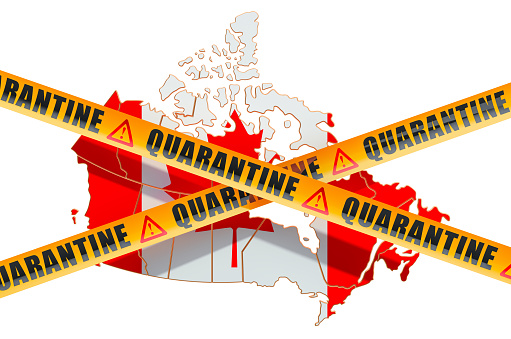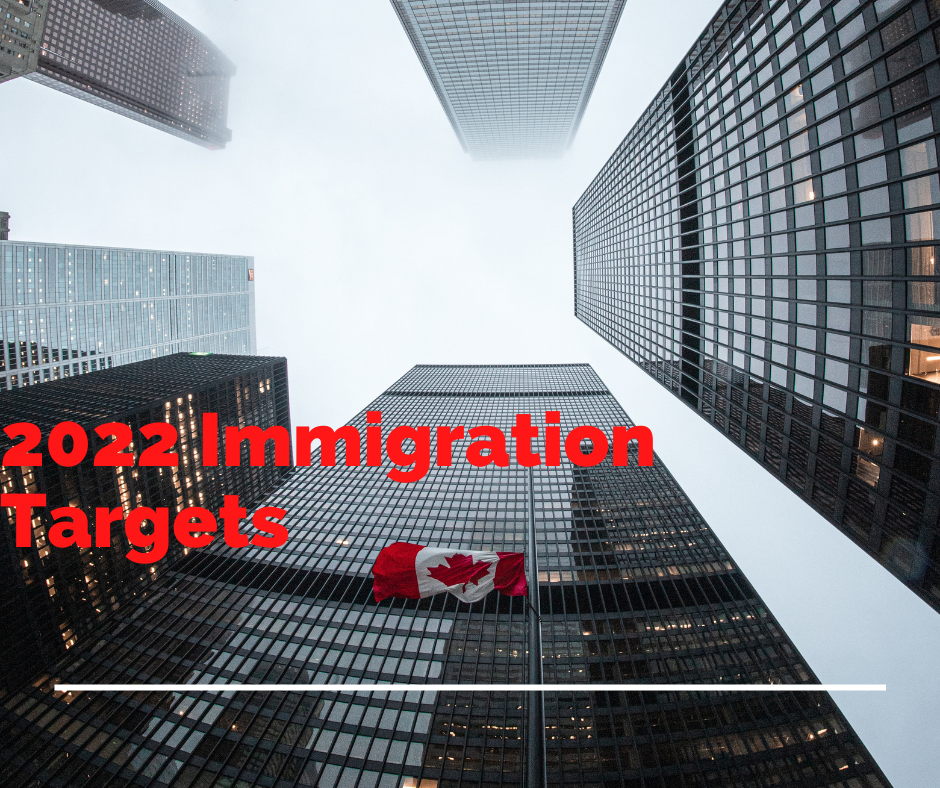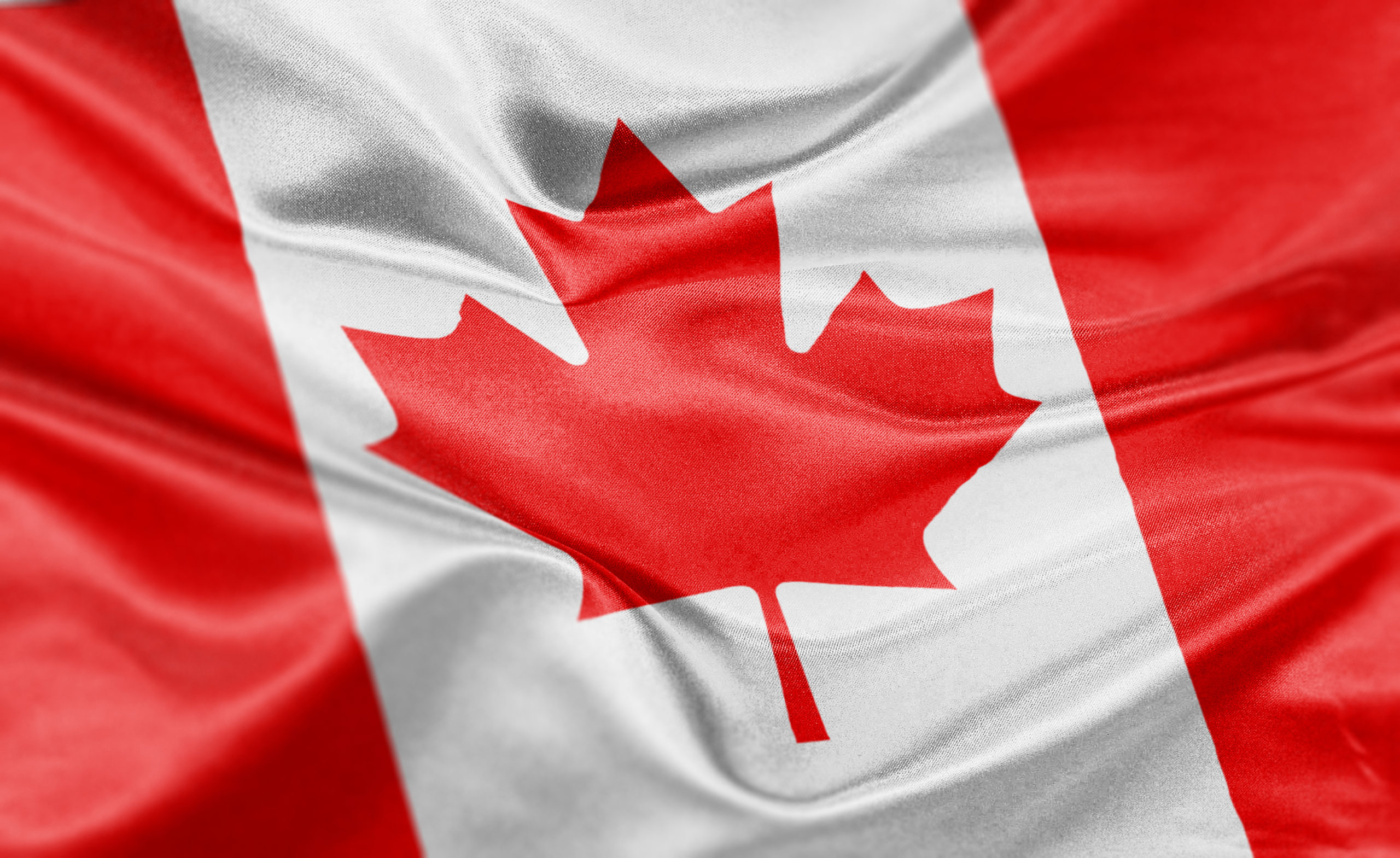The coronavirus pandemic undoubtedly has put a strain on the immigration process, but this is not the first time Canada has faced such challenges. Though we have not faced a situation quite like this before, there have been periods of strain on immigration in the country’s past.
During the First World War, immigration intake dropped to 34,000 in 1915, while it had been over 400,000 only two years before. Immigration picked back up in the Roaring Twenties, following the war. However, it dropped again during the Great Depression.
A similar pattern emerged during the Second World War. Newcomer numbers dropped during the conflict drastically. After the war, Canada found itself in a very fortunate position. Nonetheless, there were large gaps in the labour market that urgently needed to be filled. Between 1946 and 1953, Canada welcomed over 750,000 new residents. These newcomers helped Canada recover economically and achieve stability.
Canada has seen many waves like this. When the provinces of Alberta and Saskatchewan were established, immigration rates spiked immensely for the following decade.
Now, Canada faces a different kind of war: biological war against a deadly virus. The Canadian immigration system is a testament to the country’s resilience.
Canada has a unique problem of too few residents for its vast areas of land. Canada’s peaceful nature adds more appeal to the rich landscape as a sanctuary to those in need. Over many decades, Canada has strove to put this extra land to good use by bringing in refugees escaping precarious situations in their homelands.
In the past, Canada welcomed Hungarians following World War Two, Vietnamese during the Vietnam War, and, in 2010, Syrian refugees. It seems unlikely that this tradition will cease any time soon. Canada has most recently announced special measures to facilitate the immigration process for those fleeing the increasingly oppressive situation in Hong Kong.
In fact, the government of Canada has launched many new initiatives to keep the immigration system alive during the current global crisis. The country aims to welcome approximately 1,200,000 new residents between 2021 and 2023.
Part of these initiatives are those made to help Hongkongers immigrate safely. On February 8th, a new open work permit became available to residents of Hong Kong. They are three-year work permits and will allow Hong Kong natives to gain work experience in Canada which will later go towards their permanent residence applications.
In particular, sparsely populated rural areas are a highlight of the COVID plan. The Rural and Northern Immigration Pilot will allow smaller communities to nominate candidates to work and settle in their towns. The Agri-Food Immigration Pilot focuses on candidates who have an interest in farming, ranching, and other agricultural or food production occupations.
With COVID-19 comes a strong push to move everything online – a great benefit to those still stuck overseas. Online applications have the potential to be processed faster, helping the system move more efficiently.
The pandemic may have thrown a wrench in operations temporarily, but Canada remains committed to pushing forward with its immigration goals.









